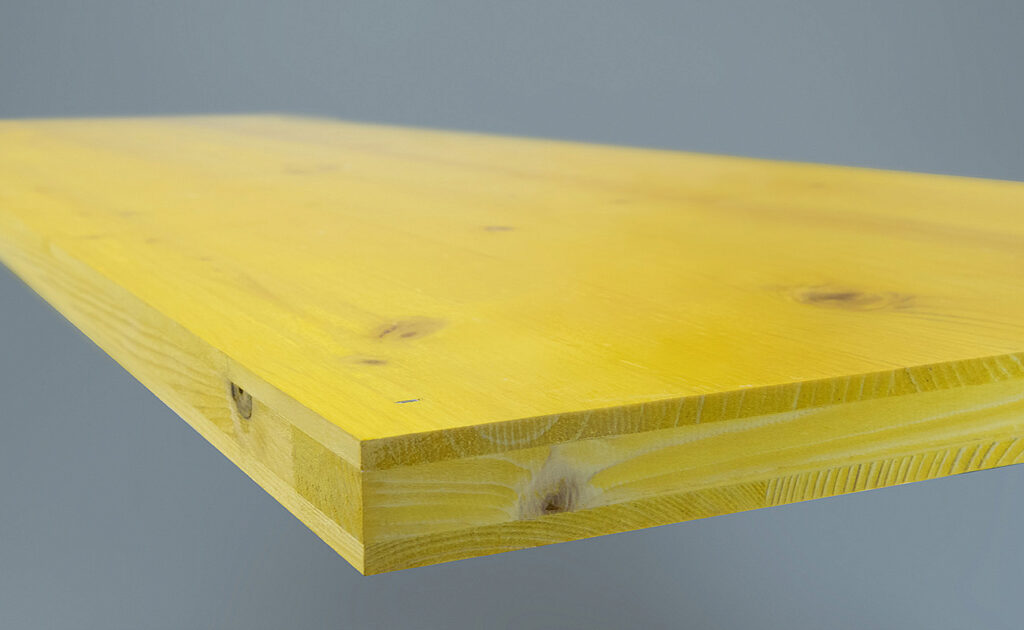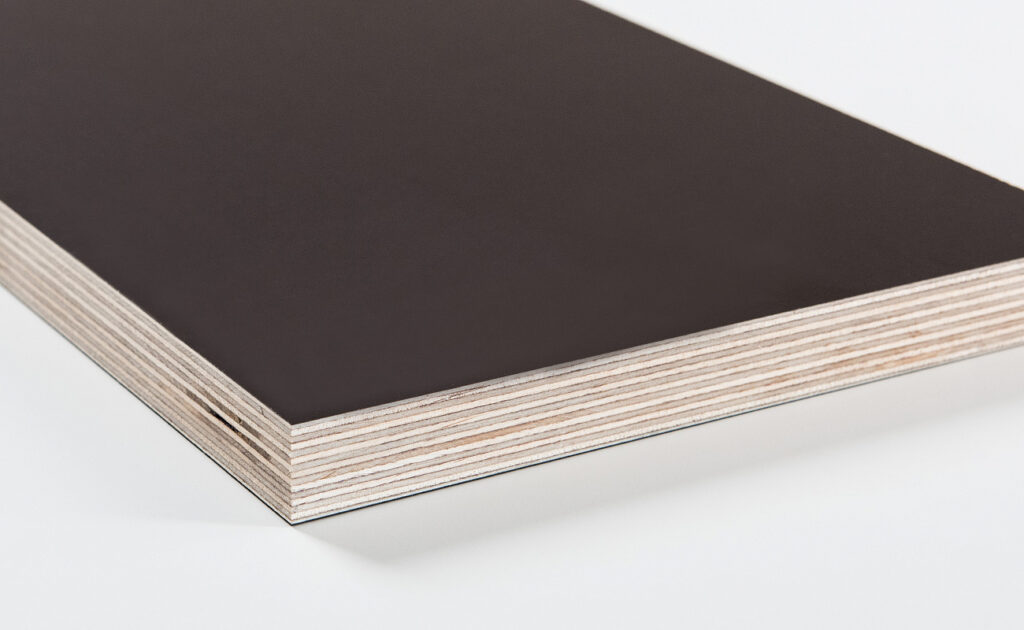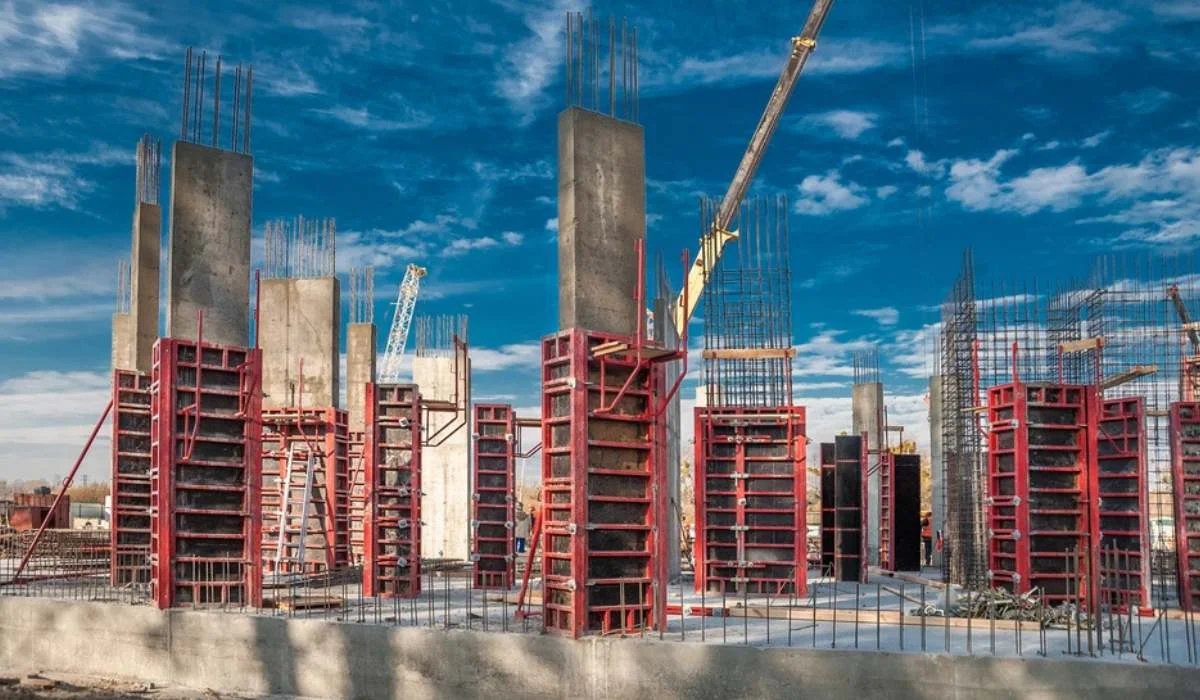In the world of construction, efficiency is key. From project planning to execution, every step must be optimized to ensure smooth operations and timely completion. One crucial element in construction is formwork plywood, a versatile and durable material that provides support and structure to concrete during the setting process. To help you make the most of this essential tool, we’ve compiled expert tips for maximising efficiency with formwork plywood.
Understanding the Basics of Formwork Plywood
Before diving into the tips, it’s essential to have a solid understanding of plywood formwork and its significance in construction. Formwork plywood serves as the mold or template for shaping fresh concrete until it hardens and gains the necessary strength to stand on its own.
The importance of formwork plywood cannot be overstated. It provides stability and containment, preventing the concrete from spilling over or deforming during the pouring and curing process. Additionally, formwork plywood brings uniformity and precision to the final structure, ensuring a high-quality finish. Click here for case studies of successful projects using formwork plywood.

The Importance of Formwork Plywood in Construction
Formwork plywood plays a crucial role in construction projects, facilitating the creation of complex shapes and structures. It acts as a temporary support system, bearing the weight of fresh concrete until it solidifies. Without proper formwork, the integrity and durability of the final structure may be compromised.
Investing in high-quality formwork plywood and following best practices when using it can significantly improve efficiency, reduce costs, and enhance the overall construction process.
Different Types of Formwork Plywood
Not all formwork plywood is created equal. Understanding the different types available and selecting the most suitable one for your project is vital for optimum efficiency. Plywood panels are usually manufactured using layers of thin wood veneers glued together, resulting in a strong and versatile material.
Common types of formwork plywood include:
Structural Plywood
This type of plywood is engineered to have high strength and durability, making it suitable for heavy-duty applications. It is often used in projects that require robust formwork to withstand significant loads and pressures.
Marine Plywood
Known for its excellent water resistance, marine plywood is often used in projects where the formwork is exposed to moisture or wet conditions. It is particularly useful in coastal areas or projects involving water structures.
Film-Faced Plywood
The surface of this plywood is coated with a protective layer, typically made of phenolic resin, ensuring a smooth finish and easy release of concrete. It is commonly used in projects where a high-quality surface finish is desired, such as architectural structures or exposed concrete surfaces.
Choosing the right type of formwork plywood depends on various factors, including project requirements, budget, and environmental factors. It is crucial to consult with experts and suppliers to ensure the selection of the most suitable formwork plywood for your specific project needs.
By understanding the basics of formwork plywood and its importance in construction, you can make informed decisions and achieve optimal results in your construction projects. Remember, investing in high-quality formwork plywood and following best practices will not only enhance the efficiency of your construction process but also contribute to the overall success and durability of the final structure.
Key Factors to Consider for Maximising Efficiency
Now that we have covered the basics of formwork plywood, let’s delve into the key factors that can help you maximise efficiency when working with this essential material.
Efficiency in construction projects is not just about speed but also about quality and cost-effectiveness. By paying attention to key factors such as material selection, handling, and storage, you can ensure that your formwork plywood performs optimally throughout the project, saving time and resources in the long run.
Choosing the Right Type of Formwork Plywood
As mentioned earlier, selecting the appropriate formwork plywood for your project is crucial. Consider factors such as load-bearing capacity, durability, and resistance to moisture. Consulting with suppliers or industry experts can provide valuable insights into the best plywood options for your specific needs.
Moreover, understanding the specific requirements of your project, such as the expected concrete pressure and number of reuses, can guide you in choosing the most suitable formwork plywood. Investing time in research and seeking expert advice during the selection process can prevent costly mistakes and delays down the line.
Proper Handling and Storage of Formwork Plywood
Ensuring the proper handling and storage of formwork plywood can significantly impact its lifespan and performance. Plywood should be stored in a dry, well-ventilated area to prevent moisture absorption and warping. It should be handled with care, avoiding excessive bending or dropping, which can lead to damage. Utilising appropriate lifting equipment and following safe handling procedures is essential for both worker safety and prolonging the life of the plywood.
Furthermore, implementing a systematic inventory management system can streamline the handling process, ensuring that the right plywood is used at the right time. By keeping track of inventory levels, monitoring for any signs of damage or wear, and rotating stock as needed, you can maintain a consistent workflow and prevent disruptions due to inadequate or damaged materials.
Expert Tips for Using Formwork Plywood Efficiently
Now that we have covered the fundamentals, let’s explore some expert tips for using formwork plywood efficiently throughout the construction process.
Pre-Construction Preparation
Proper pre-construction preparation is essential to maximize efficiency. This involves careful planning, accurate measurements, and precise layout, ensuring the formwork plywood fits seamlessly into the desired structure. Taking the time to design and prepare the formwork properly can prevent rework, save time, and improve the overall quality of the final construction.
During the pre-construction phase, it is crucial to consider the environmental factors that may affect the formwork plywood. Factors such as temperature, humidity, and exposure to sunlight can impact the performance and durability of the plywood. By selecting the appropriate type of plywood and implementing protective measures, such as applying sealants or coatings, you can enhance the longevity and performance of the formwork plywood.
During Construction Best Practices
When using formwork plywood during construction, it’s crucial to follow best practices to ensure stability, accuracy, and safety. Here are some tips to keep in mind:
- Securely fasten the plywood panels to prevent movement or shifting during concrete pouring.
- Seal any joints or gaps in the formwork to prevent leakage or uneven concrete distribution.
- Regularly inspect the formwork during the pouring process to ensure it remains intact and in the desired position.
- Use release agents when necessary to facilitate easy removal of the formwork after the concrete has cured.
Additionally, it is important to consider the load-bearing capacity of the formwork plywood. Understanding the weight and pressure that the plywood will be subjected to can help determine the appropriate thickness and reinforcement required. By ensuring the formwork plywood is structurally sound, you can minimize the risk of failure and ensure the safety of workers and the integrity of the construction project.
Post-Construction Care and Maintenance
Once the construction is complete, proper care and maintenance of formwork plywood can extend its lifespan and reduce costs in the long run. After removing the formwork, clean the plywood panels and store them appropriately for future use. Inspect the plywood for any damage or signs of wear, and repair or replace any compromised sections before reuse.
Furthermore, implementing a regular maintenance schedule can help identify and address any issues with the formwork plywood promptly. This can include inspecting for signs of rot, mold, or insect infestation, as well as reapplying protective coatings or sealants as needed. By proactively maintaining the formwork plywood, you can ensure its longevity and optimize its performance for future construction projects.
Safety Measures When Working with Formwork Plywood
Construction sites can be hazardous, and prioritising safety is of utmost importance. When working with formwork plywood, it’s essential to implement the necessary safety measures to protect workers and prevent accidents.
Formwork plywood is a crucial component in construction projects, providing temporary support and structure for concrete pouring. Ensuring the safety of workers handling formwork plywood is paramount to the success and efficiency of the construction process.

Personal Protective Equipment (PPE) for Handling Plywood
Workers should wear appropriate personal protective equipment, including gloves, safety goggles, and hard hats, when handling formwork plywood. This ensures protection against splinters, dust, and potential falling objects.
In addition to the standard PPE, workers should also consider wearing knee pads to provide cushioning and support when kneeling on the plywood during installation or dismantling. This extra layer of protection can help prevent knee strain and injuries, especially during long hours of work.
Safe Installation and Dismantling Procedures
Following safe installation and dismantling procedures is critical to preventing injuries. Prioritise stability by properly securing the formwork plywood and ensuring all connections are secure. During dismantling, exercise caution to avoid accidental falls or injuries caused by dislodged plywood.
It is also important to conduct regular inspections of the formwork plywood to check for any signs of wear and tear. Any damaged plywood should be immediately replaced to maintain the structural integrity of the formwork and prevent potential accidents. By staying vigilant and proactive in maintenance, workers can ensure a safe working environment throughout the construction process.
The Environmental Impact of Formwork Plywood
Efficiency in construction goes hand in hand with sustainability. Considering the environmental impact of formwork plywood is essential for responsible and eco-friendly construction practices.
Formwork plywood is a crucial component in construction projects, providing temporary moulds for concrete structures. Its environmental impact stems from the sourcing, production, use, and disposal stages. Sustainable sourcing of formwork plywood is a key consideration for reducing environmental harm. Opting for plywood that is sourced from responsibly managed forests or certified sustainable sources helps in preserving biodiversity, protecting ecosystems, and supporting local communities.
Sustainable Sourcing of Formwork Plywood
Opt for formwork plywood that is sourced from responsibly managed forests or certified sustainable sources. This promotes renewable practices and helps protect natural habitats.
Furthermore, the production process of formwork plywood can also impact the environment. Choosing manufacturers that adhere to eco-friendly production methods, such as using water-based adhesives and minimizing energy consumption, can significantly reduce the carbon footprint of the plywood.
Recycling and Disposal of Used Plywood
When formwork plywood reaches the end of its life cycle, proper disposal or recycling is necessary. Check local regulations for waste management options, and whenever possible, recycle or repurpose used plywood to minimize waste and promote a circular economy.
Additionally, consider the durability and reusability of formwork plywood. Proper maintenance and storage can extend its lifespan, reducing the need for frequent replacements and ultimately decreasing its environmental impact.
By following these expert tips and practices, you can maximize efficiency and ensure the successful use of formwork plywood in your construction projects. Remember, efficiency not only saves time and money but also contributes to safer and more sustainable construction practices.

